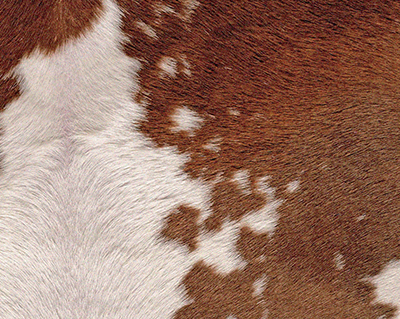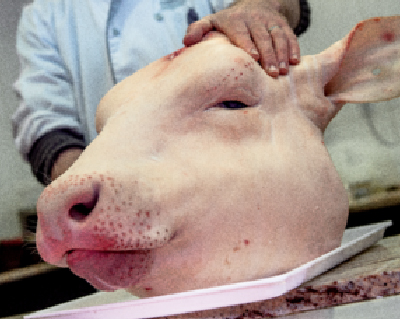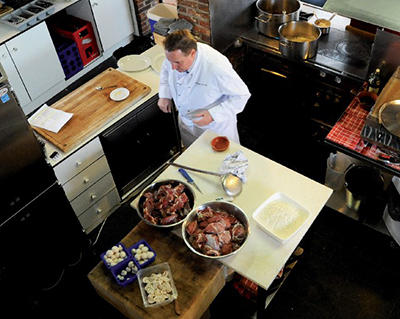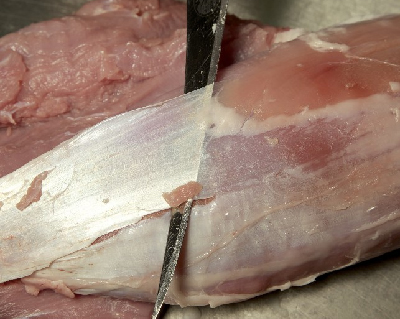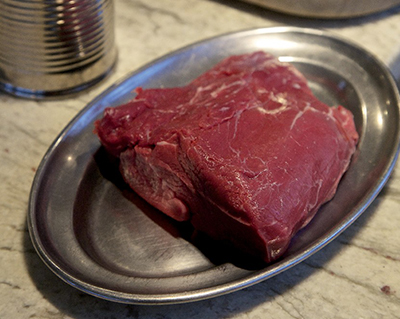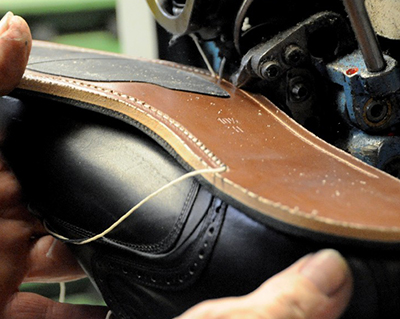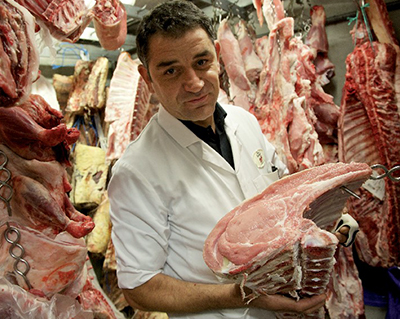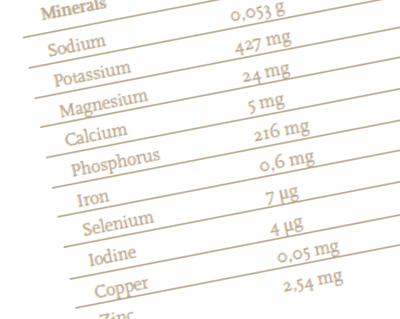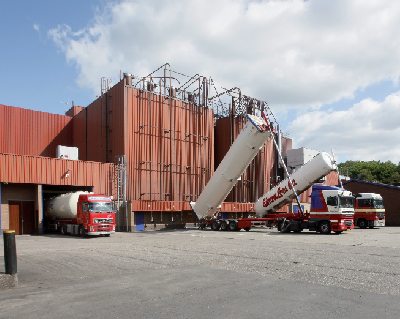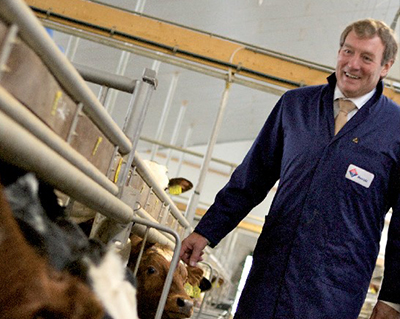During the nineteen-eighties, the public’s disgust for the veal sector in northern Europe reached its peak. In countries further south like France and Italy, few were willing to get involved. Scandals relating to hormone therapies and animal rights as well as the problems in the Low Countries with the introduction of a milk quota, conse- quently pushed up the prices of newborn calves. New initiatives were presented starting with ideas from idealistic, independent calf rearing farmers wanting to rear the calves in groups, one of which, was rose veal. Unfortunately, this product started off on the wrong foot, and was viewed, in general, as an inferior product to white veal. Consumers struggled to categorise the meat. What was it exactly? Was it veal or beef? The price consequently moved closer and closer to beef.
In countries like the Netherlands, Belgium, Germany and Spain, rose veal was soon accepted, but in others like France and Italy, consumers stuck fanatically to their belief that veal should be white. In fact, if you see rose veal in a supermarket in France, you can be almost sure it is on special offer. The same does not apply to French gastronomy.
Having said all this, there were a number of fantastic initiatives in the Netherlands and Belgium that tried to promote rose veal and establish it with its own identity. We have already looked at the French veau sous la mère system in France and Peter’s Farm in the Netherlands as relatively new methods of rearing the calves. Similarly, a handful of key figures worked hard to find the right balance for rose veal. It started out as a product quite close to white veal in which the calves were slaughtered at a young age and fed a relatively large amount of milk. This evolved gradually and sensitively, into the rose veal available today like Friander and Junior Beef and the King’s Calf.

